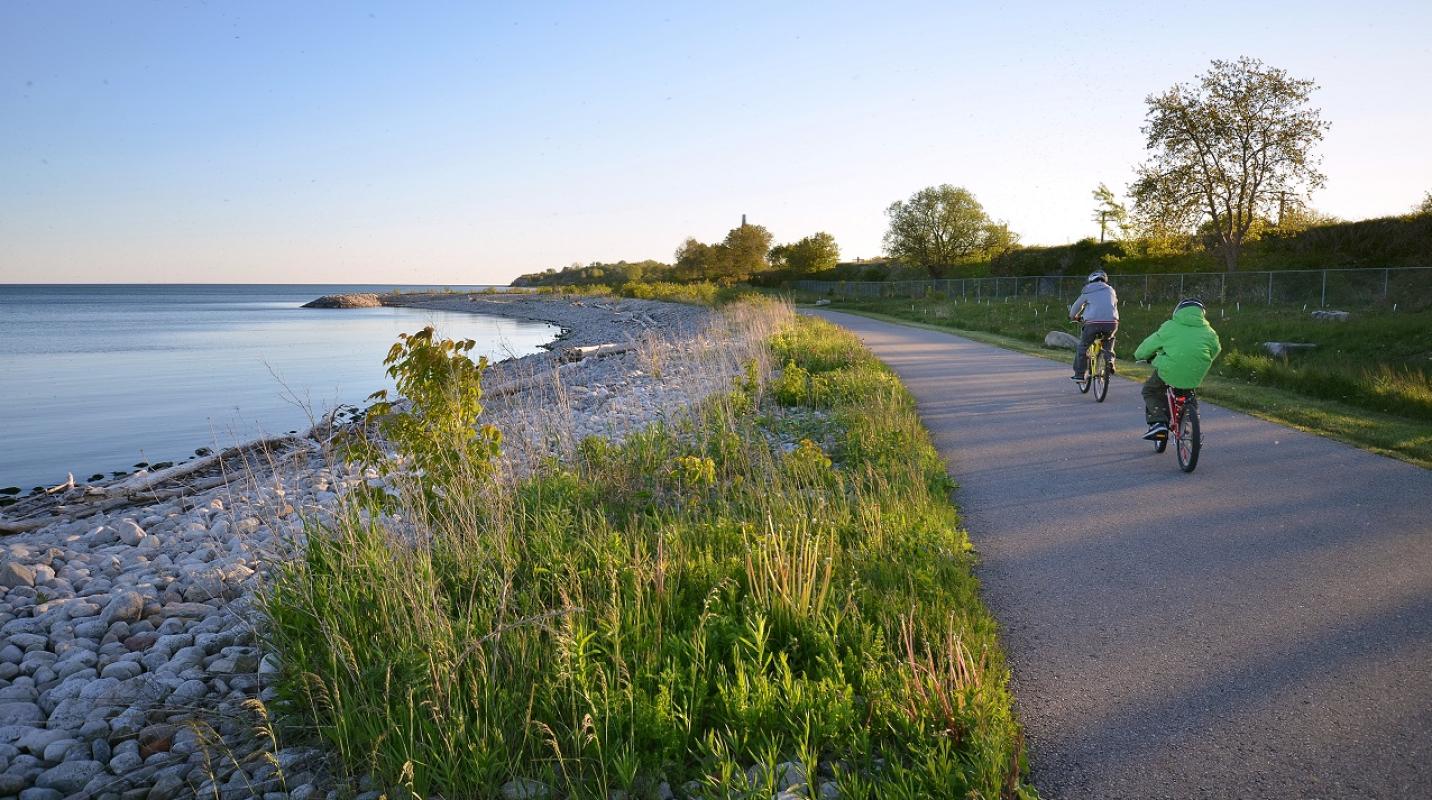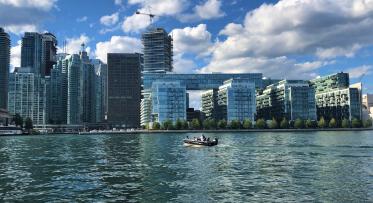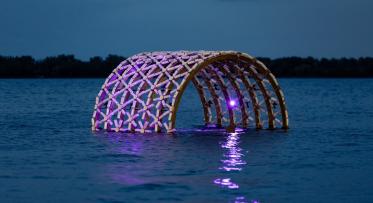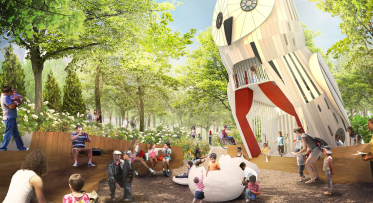CSRSR Profile Series: Aquatic Habitat
At Port Union Waterfront Park, we added 86,740 square metres of aquatic habitat by rehabilitating and protecting the shoreline with a cobble beach that supports habitat diversity.
POSTED: MARCH 7, 2019
BY: EMMA LOEWEN
For the third installment of our 2017 CSRSR profile series, we will be discussing the important role that Waterfront Toronto has played in supporting Lake Ontario’s aquatic ecosystems.
As part of our mandate, we’re committed to restoring the health of aquatic habitats in all projects we undertake along the water’s edge. To achieve this objective, we have been a supporting member of Aquatic Habitat Toronto (AHT) since its formation. This partnership helps us ensure that waterfront projects incorporate improvements to aquatic habitats and to conduct studies on the health of the aquatic ecosystems on the lakefront.
We’ve made some great progress thanks to this partnership. To date, we’ve constructed over 11 hectares of aquatic habitat through numerous projects, including our WaveDecks, the Portland Slip, as well as Mimico and Port Union waterfront parks. These projects have had a significant positive impact on aquatic communities. Monitoring by AHT demonstrated that the number of fish species caught in the Toronto inner harbour increased from five to 17 from 2001 to 2009. There are also greater numbers of key fish species including the emerald shiner, northern pike and round whitefish.
More recently in 2015, we supported Toronto Region Conservation Authority in conducting the Toronto Harbour Acoustic Telemetry Study in partnership with Carleton University. This research project used acoustic telemetry transmitters to research fish behavior and habitat preferences. Along with other research goals, the study helped measure the results of our habitat remediation efforts and will inform future habitat management decisions.
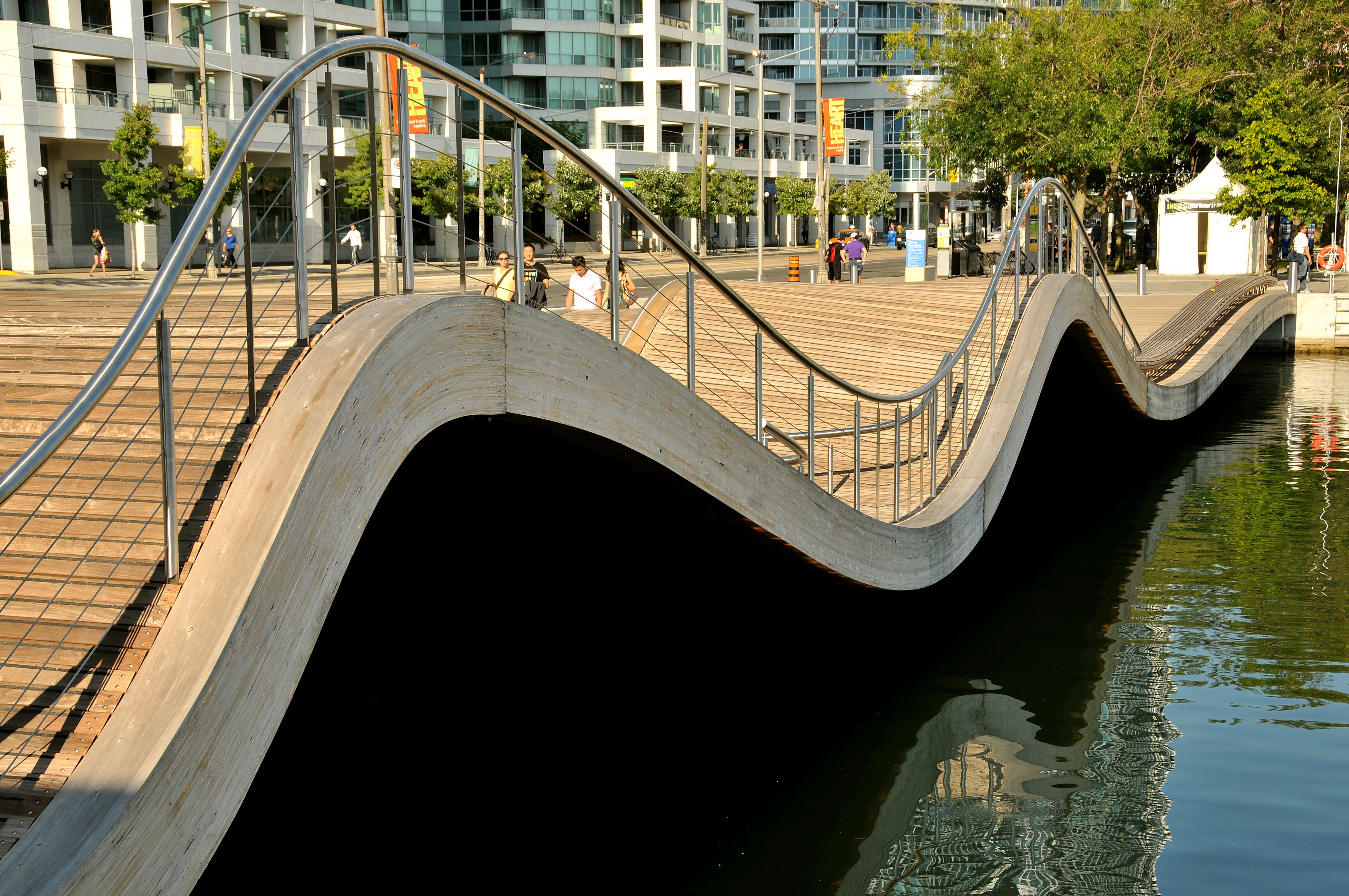 Simcoe WaveDeck, one of three WaveDecks along the central waterfront, has aquatic habitat features installed underneath to promote a healthy fish ecosystem.
Simcoe WaveDeck, one of three WaveDecks along the central waterfront, has aquatic habitat features installed underneath to promote a healthy fish ecosystem.
Our largest aquatic habitat project to date will be the Don mouth naturalization, where we plan to construct aquatic habitat along the new river channel. Much like our previous projects, we will be using tree trunks and a variety of river bed material to construct habitats that support a wide diversity of fish and other aquatic species. This project also includes a variety of marshland plantings and constructed habitats such as bird nesting platforms and turtle habitats within the marshlands. To learn more about this important work, check out this blog post.
Up next in our CSRSR Profile Series, we’ll explore how Waterfront Toronto promotes inclusivity in each neighbourhood we build on the waterfront.

